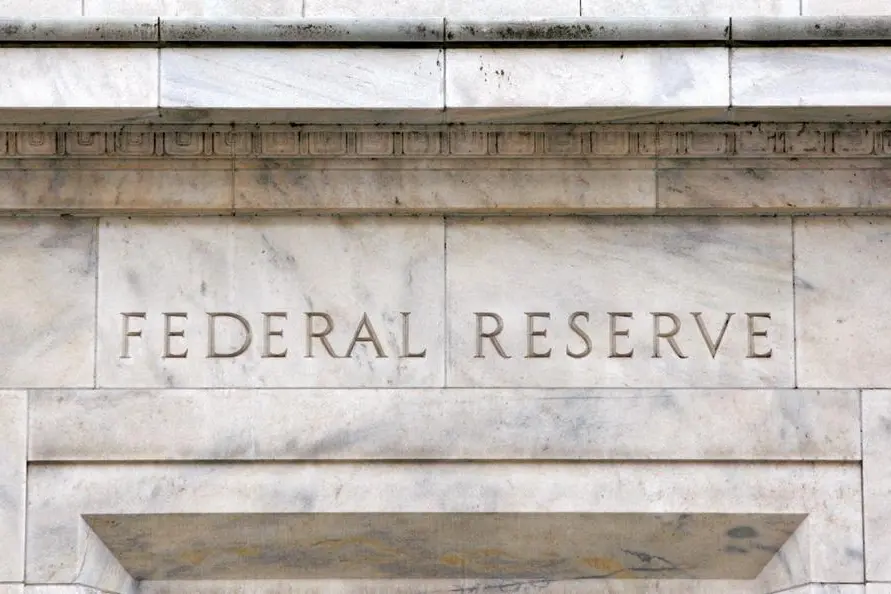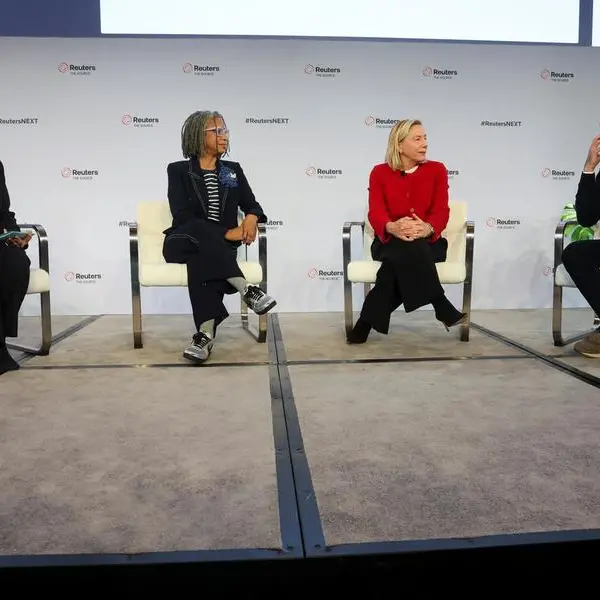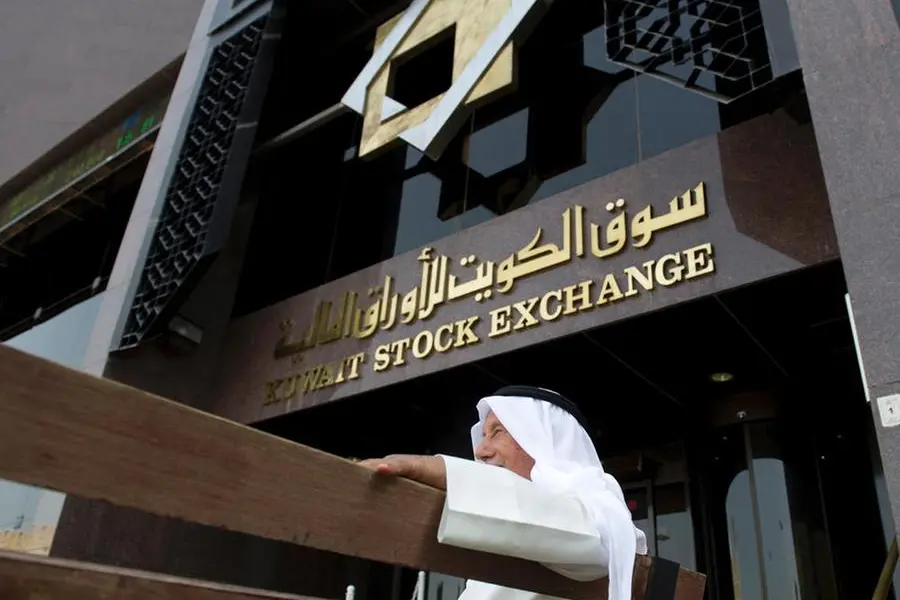PHOTO
The U.S. Federal Reserve at its May 6-7 meeting undercut expectations that it would change its policy interest rate anytime soon, and minutes from that session released on Wednesday may show just how firmly policymakers are holding onto their current wait-and-see approach.
The minutes will be released at 2 p.m. EDT (1800 GMT) and in key ways have been superseded by developments since then. The meeting took place when concern over the economic fallout from changes in global trade and tariff policy was intense, stoked by President Donald Trump's announcement in early April of massive new import taxes.
A week later the most aggressive of the new tariffs had either been lowered or postponed in announcements by Trump that reduced pressures that had been driving bond yields sharply higher, buoyed a sinking stock market, and led analysts who regarded a U.S. recession as a near certainty in a high-tariff world to upgrade their growth forecasts.
Still, the minutes are likely to show policymakers wrestling as much with uncertainty as with the negative outlook from early May, and the erratic nature of administration policymaking - Trump from this past Friday to Sunday announced then postponed steep new taxes on European imports - hasn't changed.
"I've been describing this as driving through fog," Richmond Fed President Tom Barkin said Tuesday on Bloomberg Television. "It's just very hard."
Barkin said that data for the year so far shows the economy on the same path as it has been, with reasonably low unemployment and inflation easing to the Fed's 2% target.
But there are competing narratives, he and other policymakers say, that see a new jump in inflation in coming months as tariffs take hold, or rising joblessness as widespread uncertainty and rising costs fuel a slowdown, or even a toxic combination of both.
Until it is clear which way the economy pivots under the influence of shifting global trade rules, the Fed has little reason to alter the 4.25% to 4.50% policy interest rate it has maintained since December.
"Published data shows an economy very much on the same trajectory that we've been on for the last year or two. Low unemployment, inflation settling toward target," Barkin said.
"I could describe how some of these forces, like tariffs, might be inflationary. I can describe how other forces, like lower gas prices, might be disinflationary," he said. "Less government spending might be less employment...People who haven't hired for 18 months, if spending continues, might need to start hiring. So I'm waiting to see what happens."
Fed staff have been trying to estimate the likely impact of different tariff rules in a series of studies that may get mention in the minutes if they were presented to policymakers as part of the discussion around the economic outlook.
But even those reports are contingent on the assumptions made about final tariff levels, something likely to remain unknown at least until July when a 90-day reprieve on the stiffest import taxes expires. Market optimism about the final outcome of the trade debate has been based on an expectation that negotiated deals with lower levies will by then have been approved.
Even then it may take months more for the Fed to know how the economy is responding. Investors now anticipate the Fed holding the policy rate steady at the June and July meetings, but cutting a quarter point in September and again in December.
"Until we know more about how this is going to settle out and what the economic implications are for employment and for inflation, I couldn’t confidently say that I know what the appropriate path will be," Powell said at a May 7 press conference at the end of the Fed's meeting.
(Reporting by Howard Schneider; Editing by Andrea Ricci)





















